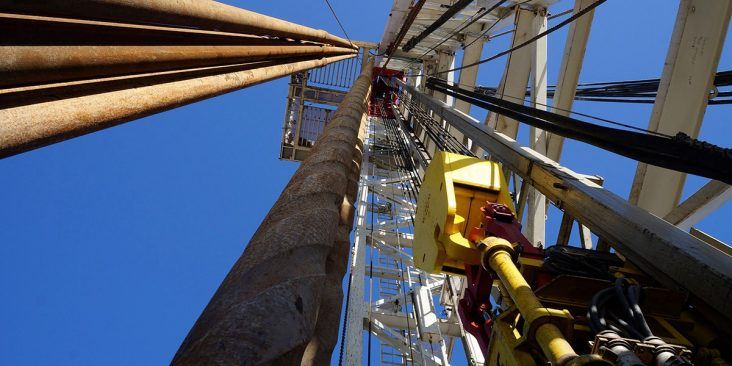Natural gas prices increase at hubs where transportation capacity rises
by August 2, 2018 10:24 am 519 views

Over the past decade, natural gas production in the Appalachian region has risen faster than the capacity to transport the gas throughout the United States, and this has led prices in the region to fall, according to the U.S. Energy Information Administration. But recently, new pipeline infrastructure in the region has increased capacity to transport the region’s natural gas, leading spot prices to rise at Appalachian hubs and narrowing the price difference with the U.S. natural gas price benchmark Henry Hub in Louisiana.
Between 2015 and 2017, natural gas production in the Appalachian region rose 25% to 22 billion cubic feet per day. As of April 2018, production in the region had increased to 26 billion cubic feet per day. In 2017, production in the region accounted for nearly half of total U.S. dry natural gas production.
The price difference between Appalachian hubs and Henry Hub widens in the summer (April through September) and narrows in the winter (October through March) as demand rises in the winter months in regions with more pipeline capacity. However, the summer price difference has declined as infrastructure in the Appalachian region has increased.
In summer 2015, the Dominion South Hub price was $1.48 per million British thermal units (Btu) lower than Henry Hub, but by summer 2017, the Dominion South Hub was $1.07 per million Btu lower than Henry Hub. Recently, the winter price difference between Dominion South Hub and Henry Hub has been flat at about $0.9 per million Btu lower than Henry Hub. Other hubs in Appalachia have followed similar patterns.
Most of the pipeline infrastructure that’s been added recently has been in southwest Pennsylvania, near the Dominion South Hub. As a result, the price difference between the hub and the Henry Hub has narrowed more than other hubs in north-central Pennsylvania, including Leidy and Marcellus.
On June 1, a connection was completed between the Rover Pipeline and the Vector pipeline and Dawn Hub, near Detroit. It increased transportation capacity from southwest Pennsylvania and narrowed the price difference between the Dominion South and Henry hubs. In June, the Dominion South price was $0.71 per million Btu less than Henry Hub. But the Marcellus and Leidy hubs were $1.01 per million Btu and $1.04 per million Btu less than Henry Hub, respectively.
The Transco Atlantic Sunrise pipeline project will connect natural gas production areas in northeastern Pennsylvania to demand centers in Mid-Atlantic and southern states. The project is expected to be completed by the end of 2018, and when the pipeline starts transporting natural gas, price differences between the northern hubs and Henry Hub are expected to narrow.
